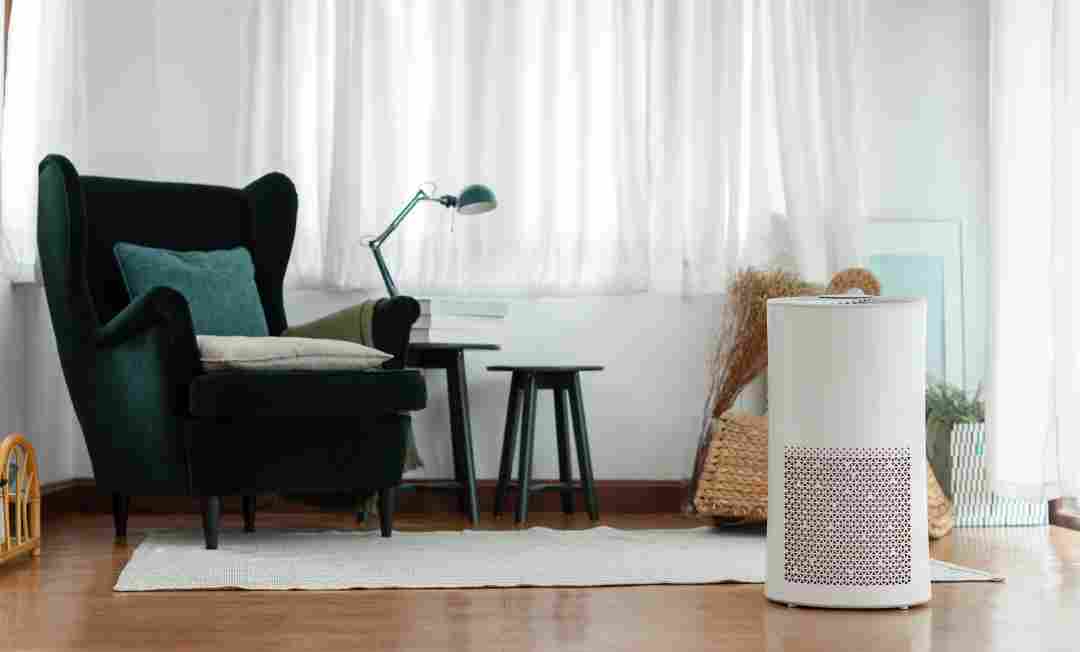Resistance Bands
In recent years, resistance bands for working out have become a go-to solution for fitness enthusiasts, physical therapists, and yoga beginners alike. Whether you're training your glutes, recovering from an injury, or improving flexibility with yoga, elastic exercise loop bands offer a portable, low-impact, and effective way to level up your fitness routine.
Let’s break down why this simple yet powerful tool belongs in everyone’s gym bag especially in 2025.
Why Resistance Bands Are a Must-Have for Every Workout Routine
Whether you're at home, in a studio, or on the go, resistance bands provide versatile, full-body training without the need for bulky equipment. Here are just a few reasons fitness lovers are turning to these bands:
- Compact and portable, perfect for travel or small spaces.
- Beginner-friendly, great for building strength gradually.
- Ideal for rehabilitation, safe for joint-friendly, low-impact exercises.
- Customizable resistance, available in light to heavy strength levels.
Best Uses for Resistance Bands
Thanks to their flexibility, resistance bands can be used across different exercise types. Here are some practical ways to incorporate them:
🔥 For Booty and Leg Workouts:
- Glute kickbacks
- Side steps
- Squats with band resistance
- Clamshells for glute activation
Resistance bands for legs and glutes are especially helpful for sculpting and strengthening the lower body, making them popular as booty bands.
🧘♀️ For Yoga and Flexibility:
- Hamstring stretches
- Shoulder mobility flows
- Assisted poses like dancer’s pose
- Seated forward folds with band support
Stretch bands are a favorite in yoga starter sets because they enhance flexibility and help with balance in difficult poses.
🏥 For Physical Therapy and Rehab:
- Shoulder rehab exercises
- Knee stability work
- Gentle stretching for mobility
- Ankle strengthening drills
Elastic loop bands provide a safe and gentle way to rebuild strength after injury, often used in physical therapy routines.
How to Choose the Right Resistance Band Set
Not all bands are created equal. Here’s what to look for when shopping for the best resistance bands in 2025:
- Multiple resistance levels: Choose a set with light, medium, and heavy bands for progression.
- Durable material: Latex or fabric bands should stretch without snapping.
- Comfortable length and width: Wider bands are more comfortable for legs and thighs.
- Slip-resistant grip: Look for anti-slip features to stay in place during intense moves.
- Easy storage: A compact travel pouch is great for workouts on the go.
These features ensure a smoother workout experience whether you're doing Pilates, HIIT, or therapy sessions.
Who Are Resistance Bands Best For?
Resistance bands are suitable for a wide range of users:
- Beginners starting a home workout routine
- Seniors needing gentle strength exercises
- Women focusing on glute and leg toning
- Athletes looking for a dynamic warm-up tool
- Yoga lovers wanting to deepen their practice
- Patients recovering through physical therapy
Unlike traditional gym equipment, resistance bands are ultra-light and space-saving. They take up almost no room in your bag, making them one of the best portable workout tools for travelers, small home gyms, or apartment workouts.
Plus, a resistance band set is usually much cheaper than dumbbells or gym memberships—yet delivers incredible results when used consistently.
Absolutely. Whether your goal is to build muscle, tone your body, increase flexibility, or recover from injury, a good set of resistance bands for working out is one of the smartest investments you can make in 2025.
They’re compact, versatile, and surprisingly effective—no matter your age, fitness level, or space.



